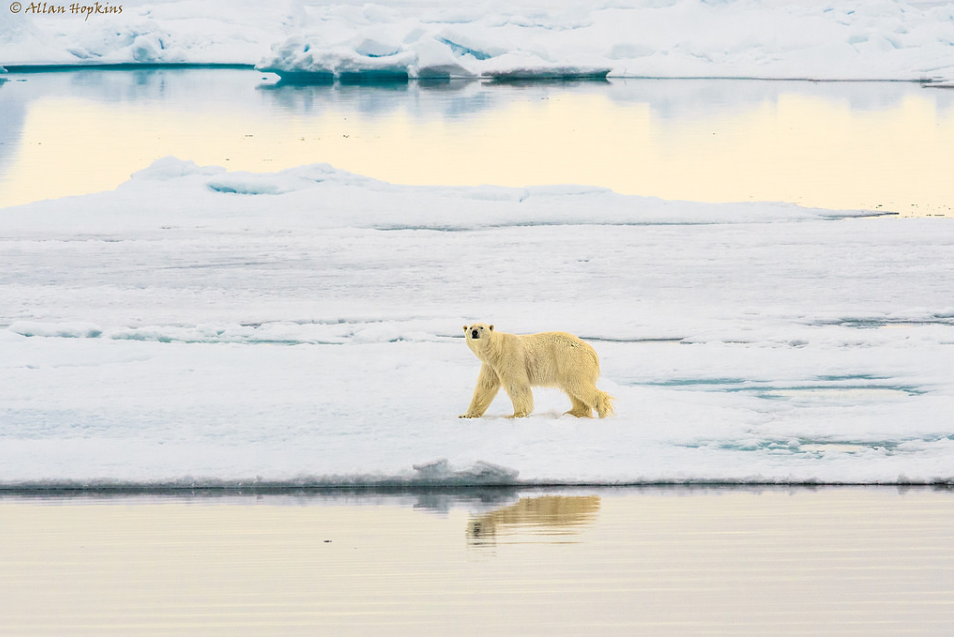
Move over, polar bear, we just moved the ice limit in the Barents sea, here comes Norwegian big oil. Maybe.
In Norway’s 23rd concession round of oil blocks, the conservative (H) and popular party (FrP) has announced that:
- All the petroleum areas in the concession round is South of the Barents sea.
- The ice sheet has been changed. (Defined as areas with 30% probability for ice in April.)
Today, the ice sheet limit changed
– The ice sheet moved itself, said the Norwegian Prime Minister Erna Solberg, at the Arctic frontier conference, reports DN.
The statement was commented upon by leading Norwegian press. While the arctic ice is melting, it is obvious that the ice did not actually physically move by itself.
Maps and statistics from The Polar Institute inform the basis for the decision.
The northward shift discussions
This northward shift of Norway's oil industry raises two main discussions of adjustments.
The first discussion is a that a large alliance, amongst those, concerned scientists, environmental groups, political groups, workers unions and faith based organisations have formed an alliance to engage in a debate. They want to build a bridge from todays oil dependent Norway to a future that is climate neutral. A sustainable society which creates jobs. A part of this discussion is also the heavy financing of petroleum related studies, instead of green studies.
The second discussion is the technical one, mainly raised within the oil industry itself. Hereunder are questions of adjustments to the extreme and unpredictable challenges of exploration activities with arctic temperatures of 30 below zero, constant night, ice drift and snowstorms. Also impact on equipment, weather forecasts and planning.
This round it is 57 blocks or parts of blocks, whereof 34 blocks are located in the Barents sea south east (where Norway had a difference of opinion with Russia), 20 blocks are located elsewhere in the Barents sea and 20 are located in the Norwegian sea. The government aims to announce new exploration agreements in 2016.
The political round
But, the concession round has to be formally accepted by the parliament and it is an open question if the opposition parties will decide.
Read more and see a documentary made by Aftenposten about the consequences.
